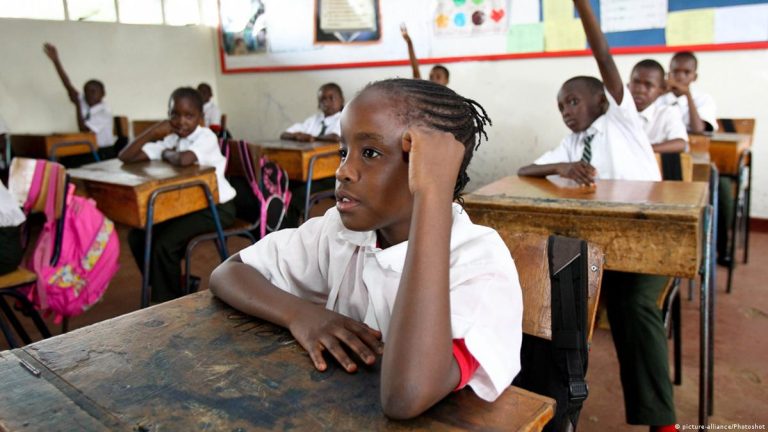Virus and Protozoa in Farm Animals Disease J S 2 Agric E-Note.
Subject: Agricultural Science
Class: JSS 2
Week: 9
Topic: Virus and Protozoa in Farm Animals
Virus and Protozoa in Farm Animals Disease J S 2 Agric E-Note.
LEARNING OBJECTIVES:
By the end of the lesson, students should be able to:
- Identify animals affected by viral and protozoan diseases.
- Describe the effects of viral and protozoan diseases in farm animals.
- Evaluate the preventive measures for protozoan diseases in farm animals.
KEY VOCABULARY WORDS:
- Virus
- Protozoa
- Infection
- Vaccination
- Quarantine
- Symptoms
RESOURCE AND MATERIALS:
- Pictures or charts of farm animals with viral and protozoan infections
- Chalkboard/Whiteboard
- Marker/Chalk
- Posters showing symptoms of viral and protozoan diseases
- Cleaning and disinfecting tools for demonstration
BUILDING BACKGROUND:
Students may have learned about human diseases caused by viruses and protozoa. This lesson introduces how these diseases can also affect farm animals and how we can prevent them from spreading.
CONTENT:
- Viral Diseases in Farm Animals:
Viruses are tiny organisms that invade animal cells and cause serious diseases. Common viral diseases in farm animals include foot-and-mouth disease, swine flu, and avian flu.
Effects of Viral Diseases on Farm Animals:
- Loss of appetite
- High fever
- Coughing or sneezing
- Reduced milk, egg, or meat production
- Death in severe cases
- Protozoan Diseases in Farm Animals:
Protozoa are single-celled organisms that can cause diseases like trypanosomiasis (sleeping sickness) and coccidiosis in farm animals.
Effects of Protozoan Diseases on Farm Animals:
- Diarrhea
- Weight loss
- Weakness
- Dehydration
- Death if left untreated
- Preventive Measures for Viral and Protozoan Diseases:
- Vaccination: Vaccinate animals regularly to protect them from common viral diseases.
- Good Hygiene: Keep animal housing clean and disinfected to reduce the risk of infection.
- Quarantine: Isolate infected animals to prevent the spread of diseases to healthy animals.
- Control Vectors: For protozoan diseases, control insects like flies and ticks that spread infections.
- Proper Nutrition: Ensure animals receive good food and clean water to maintain their health and immunity.
STRATEGIES AND ACTIVITIES:
- Discussion: Discuss the differences between viral and protozoan infections in animals and their effects.
- Group Activity: Students will work in groups to identify viral and protozoan diseases using pictures and suggest preventive measures.
- Demonstration: Show how to clean animal housing to prevent the spread of infections.
WRAP UP & ASSESSMENT:
- Review key points on viral and protozoan diseases and how they affect farm animals.
- Ask students to identify the diseases from pictures and discuss ways to control them.
Reproductive System Human – Male and Female – J S 3 – Week 8
Human Reproduction System
Assessment:
- Oral questions
ASSIGNMENT:
Research one viral disease and one protozoan disease in farm animals and write a brief report on their effects and control methods.
HOD/VP’S COMMENT & ENDORSEMENT






